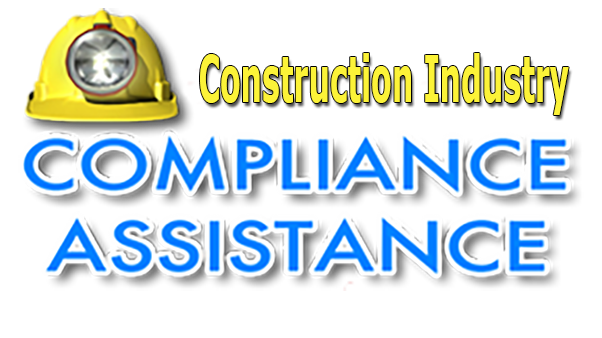
Endangered Species Act
 Section 7 Consultation Process
Section 7 Consultation Process
Builders and developers will encounter Endangered Species Act (ESA) rules if they apply for a federal stormwater construction permit (also applies for some state-issued stormwater permits) or a wetlands dredge and fill permit (Section 404 permits). Section 7 of the Endangered Species Act
(ESA) directs all Federal agencies to use their existing authorities to
conserve threatened and endangered species and, in consultation with the
U.S. Fish and Wildlife Service (FWS), to ensure that their actions (e.g.,
issuing a permit) do not jeopardize listed species or destroy or adversely
modify critical habitat. As a result, permitting agencies such as EPA
and the Army Corps of Engineers mandate that the permit applicant must
make a determination as to whether there will be impacts to endangered
species.
For example, before submitting a notice of intent (NOI) for coverage under the federal General Construction Permit (GCP), a builder/developer must ensure and document that stormwater discharges are not likely to jeopardize the continued existence of any Federally-listed endangered or threatened species or result in the adverse modification or destruction of habitat that is Federally-designated as critical under the Endangered Species Act.
ESA
Permits
Under the authority of the Endangered Species Act, the U.S. Fish and Wildlife
Service regulates impacts to endangered species. A permit is required if
a construction project will result in "incidental take" of threatened or
endangered species. A "take" is defined as harass, harm, pursue, hunt, shoot,
wound, kill trap, capture, or collect any threatened or endangered species.
Harm includes significant habitat modification where it kills or injures
a "listed" species through impairment of essential behavior (e.g., nesting
or reproduction). Listed species include those found on both a federally
maintained list as well as any state-specific list applicable to your project.
For any non-federal construction project, the burden is on the owner and/or builder to decide if an incidental take permit is needed. The U.S. Fish and Wildlife Service as well as many state fish and game agencies offer services to help you determine whether your proposed project is likely to result in take and whether a permit is an option to consider. The U.S. Fish and Wildlife Service can also provide technical assistance to help you design your project so as to avoid impacts. For example, the project could be designed with seasonal restrictions on construction to minimize disturbances during nesting.
The permit application must include a habitat conservation plan (HCP) consisting of: an assessment of impacts; measures that will be undertaken to monitor, minimize and mitigate any impacts; alternative actions considered and an explanation of why they were not taken; and additional measures that the U.S. Fish and Wildlife Service may require. Mitigation measures, which are actions that reduce or address potential adverse effects of a proposed activity upon species, should address specific needs of the species involved and be manageable and enforceable. Mitigation measures may take many forms, such as: preservation (via acquisition or conservation easement) of existing habitat; enhancement or restoration of degraded or a former habitat; creation of new habitats; establishment of buffer areas around existing habitats; modifications of land use practices, and restrictions on access.
The length of time to complete the permitting process depends on the complexity of issues involved (e.g., the number of species) and the completeness of the documents submitted by the applicant. "Low Effect" permits, those involving minor impacts, are processed in approximately three months (this does not include the time spent by the applicant for preparing the application/HCP). Projects with greater impacts require that the applicant submit additional documents (i.e., Environmental Assessment or Environmental Impact Statement) and typically have a processing time of up to 12 months.
State Agencies/Regulations
All fifty states have fish and game/wildlife agencies that work in cooperation
with U.S. Fish and Wildlife Service district offices with regard to the
incidental take permitting process. Many states also have additional laws
and regulations that protect endangered species. Use the national endangered
species tool (NEST) to find out more about the rules
in your state and to find points of contact at your U.S. Fish and Wildlife
Service district office and state fish and game/wildlife agency.
